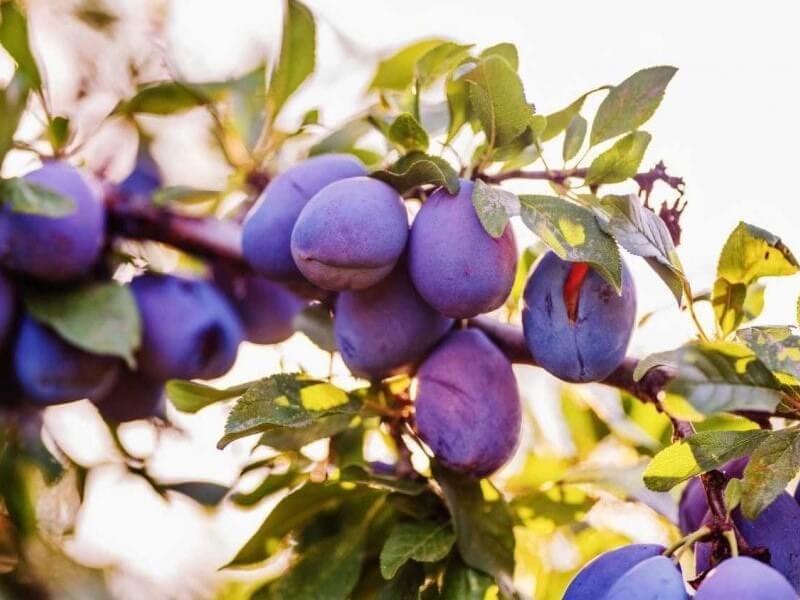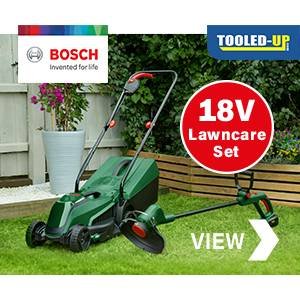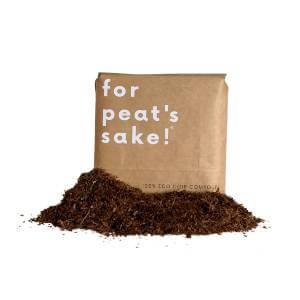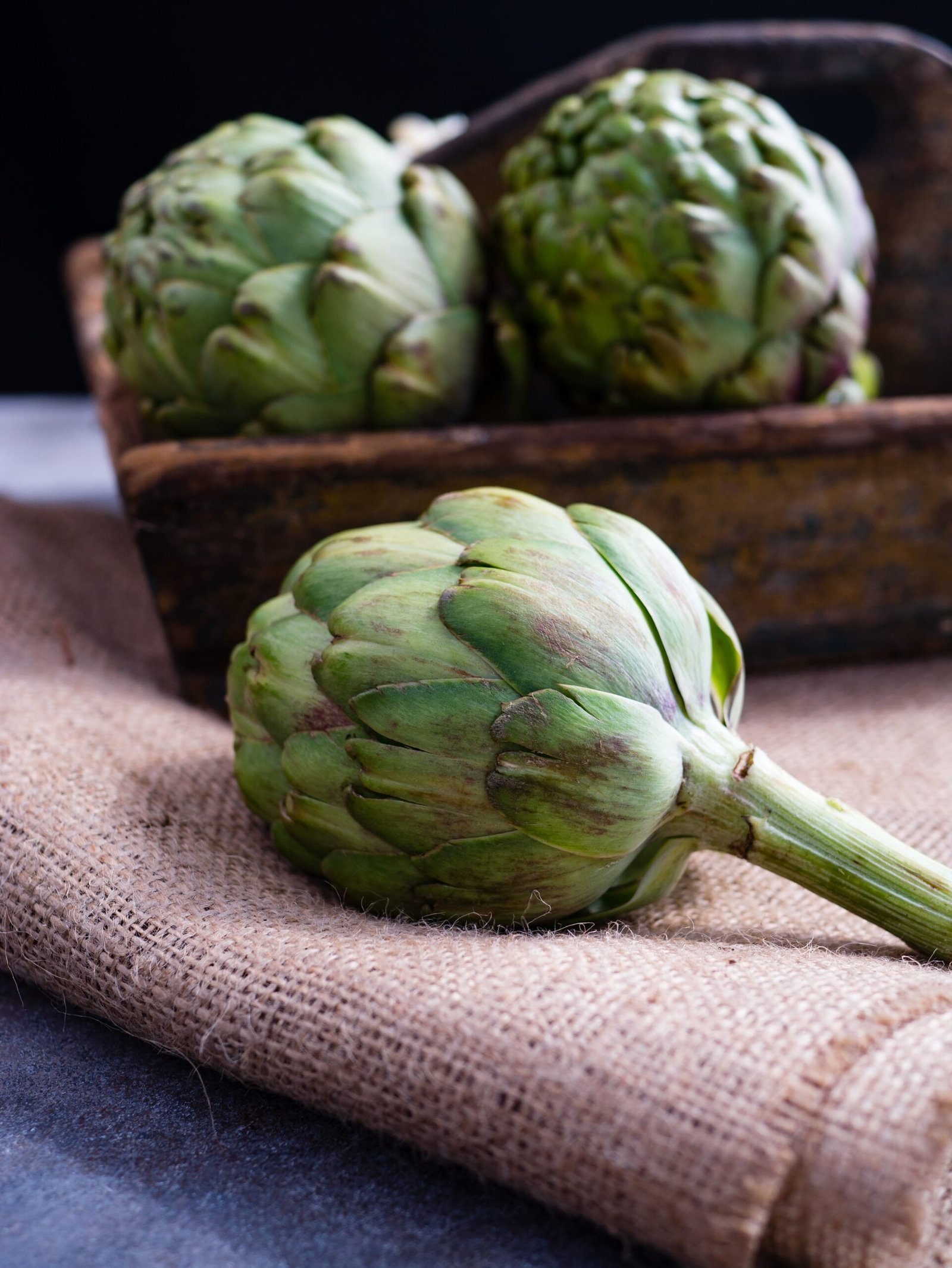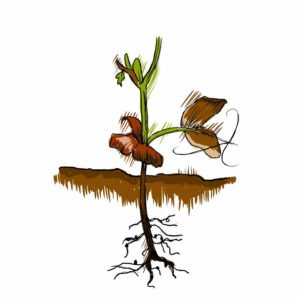Are you a fan of juicy, sweet plums? Imagine stepping into your garden and picking fresh, ripe plums straight from your own tree. Growing plums in the UK is not only possible but also rewarding. In this ultimate step-by-step guide, we will walk you through everything you need to know to successfully grow your own plum trees and enjoy a bountiful harvest.
Why Should I Grow Plums?
Growing your own plums offers a multitude of benefits. Firstly, plums are incredibly delicious and nutritious, packed with vitamins, minerals, and antioxidants. Secondly, by growing your own plums, you have control over the cultivation process, ensuring that no harmful chemicals or pesticides are used. Furthermore, cultivating plums can be a fulfilling and therapeutic hobby that connects you with nature and provides a sense of accomplishment.
Where is the Ideal Location to Grow Plums?
Plum trees thrive in a sunny location that receives at least six hours of direct sunlight each day. They also prefer sheltered spots to protect them from strong winds. When selecting a location, consider the size of the tree at maturity and ensure there is enough space for it to grow without being overcrowded by other plants.
Soil Type and Preparing the Soil
Plums prefer well-draining soil that is rich in organic matter. Before planting, prepare the soil by removing any weeds or grass and loosening it with a garden fork or tiller. Incorporate compost or well-rotted manure into the soil to improve its fertility and structure. This will provide a healthy foundation for your plum tree to grow and thrive.
Watering Tips and Hints
Proper watering is crucial for the success of your plum tree. Water regularly, especially during dry spells, to keep the soil consistently moist but not waterlogged. Mulching around the base of the tree with organic matter helps retain moisture and suppresses weed growth. Avoid overwatering, as this can lead to root rot and other issues.
Sowing and Planting Plums
Plums can be grown from seeds, but it is more common to plant young saplings or grafted trees for faster and more reliable results. Purchase healthy young trees from reputable nurseries or garden centers. When planting, dig a hole slightly larger than the root ball, ensuring the bud union (graft) is above the soil level. Backfill the hole with soil, gently firming it around the roots.
How to Grow Plums from Seed
If you want to grow plums from seed, collect fresh seeds from ripe plums and wash off any remaining fruit flesh. Place the seeds in a plastic bag with moist sand or peat moss, and refrigerate them for 8-12 weeks. After the cold stratification period, sow the seeds in pots filled with well-draining soil, keeping them moist and warm. Transplant the seedlings outdoors when they are strong enough.
How to Plant Out Plums – General Care for Plums
Once your plum tree is planted, it requires regular care to ensure healthy growth. Prune the tree during the dormant season to remove dead or damaged branches and maintain an open canopy. Apply a balanced organic fertilizer in early spring and mulch around the base of the tree to suppress weeds and retain moisture. Regularly inspect your tree for pests and diseases, and take appropriate action if necessary.
How to Harvest Plums
Plums are ready to harvest when they are fully colored, slightly soft, and easily detach from the tree with a gentle twist. Pick them carefully to avoid bruising and handle them gently to prevent damage. Enjoy the fruits of your labor by eating them fresh, using them in delicious recipes, or preserving them for later use.
How to Store Plums
To store plums, place them in a single layer in a cool, dry place away from direct sunlight. Check them regularly and remove any damaged or overripe fruits to prevent spoilage. Alternatively, plums can be frozen, canned, or made into jams and preserves for long-term storage.
Problems in Growing Plums: Common Pests and Diseases
While plums are generally hardy, they can be susceptible to various pests and diseases. Common pests include aphids, plum moths, and plum sawfly larvae. To combat these, use organic pest control methods such as introducing beneficial insects or applying natural insecticides. Diseases like brown rot and plum pox virus can also affect plum trees, so it is important to maintain good tree hygiene and promptly remove any infected branches.
Where to Buy Plums
You can purchase plum trees from reputable nurseries, garden centers, or online stores specializing in fruit trees. Look for certified disease-free trees and choose varieties that are suitable for your climate and growing conditions.
What are the Best Plum Varieties to Grow and Why?
There is a wide range of plum varieties available, each with its own unique flavor, texture, and growing requirements. Some popular plum varieties for the UK include Victoria, Opal, Czar, and Marjorie’s Seedling. Consider factors such as taste preferences, pollination requirements, and disease resistance when selecting the best plum varieties for your garden.
What Tools Will I Need to Grow Plums?
Here are some essential tools you will need to grow plums:
- Garden fork or tiller
- Spade or shovel
- Secateurs or pruning shears
- Gardening gloves
- Watering can or hose
- Mulch
Conclusion
Growing your own plums in the UK is a delightful and rewarding experience. By following the steps outlined in this guide, you can successfully cultivate plum trees and enjoy the pleasure of harvesting your own delicious, homegrown plums. So, roll up your sleeves, grab your gardening tools, and start your plum-growing journey today!
Frequently Asked Questions
Q: Can I grow plums in containers?
A: Yes, plums can be grown in containers, provided the container is large enough and has good drainage.
Q: Do plum trees require cross-pollination?
A: Some plum varieties are self-fertile, while others require cross-pollination. Check the pollination requirements of the specific plum variety you choose.
Q: How long does it take for a plum tree to bear fruit?
A: Plum trees typically start bearing fruit within 3-4 years after planting.
Q: Can I grow plums from cuttings?
A: Plum trees are not usually propagated from cuttings. It is more common to grow them from seeds or purchase young saplings.
Keywords: growing plums, growing plums in the UK, grow your own plums, plum trees, cultivating plums, planting plums, plum varieties, plum tree care, plum tree pruning, plum tree pests and diseases, buying plum trees, growing plums in containers, plum tree pollination, plum tree fruiting, propagating plum trees.

